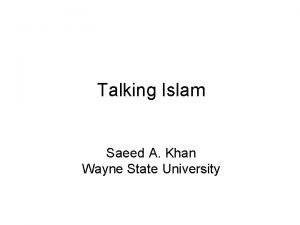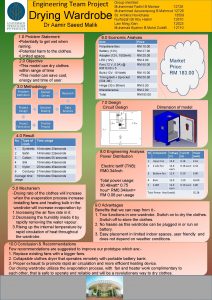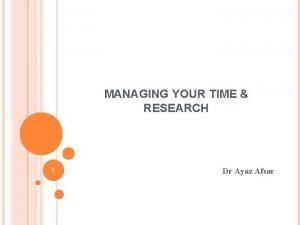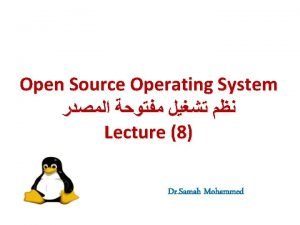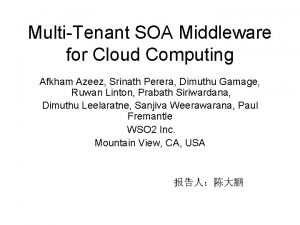Science of Physics Dr Mohammed Azeez saeed Department















- Slides: 15

Science of Physics Dr. Mohammed Azeez saeed Department of General Science College of Basic Education Salahaddin University-Erbil mohammed. aziz@su. edu. krd

First Semester Seminar Science of Physics (What is Physics? ) Tuesday 10. 11. 2020 at 09: 00 am Uploaded on my Google drive. The link is : https: //drive. google. com/file/d/1 t 0 g. OCFW OEQjd. ZDJ 2 z 3 YPe 1 h_Ld. QF 6 tz. D/view? usp=s haring Period: 13. 03 minutes

What is Physics? • Physics is the study of matter, energy and change. • Physics has been divided into two branches: • Classical physics: Classical Physics is the name given to the physical theories generated before the twentieth century ( before the year 1897). • Classical physics is consist of two areas, mechanics and electro-magnetism.

Modern Physics • Modern physics: Modern Physics is the name given to the Theoretical advancements in physics since the beginning of the 20 th Century ( after the year 1897). • Modern physics is known as Relativity and Quantum Mechanics.

Classical Physics • Classical Physics: • Science of physics began with Galileo. He was the first who based his ideas on experiments. • After Galileo, Isaac Newton ideas dominated for about 200 years. • Newton was the first to unify theory of motion and gravitation. • Newton linked the acceleration a body feels on the earth to the motion of celestial bodies. Newton proposed a simple set of principles;

Newton’s laws • 1. An object in constant motion stays in constant motion unless acted on by an outside un-balanced force. • 2. The acceleration of an object is proportional to the net force applied to the object. • F = ma • The proportionality constant is a quantity defined as the mass, m. • 3. For every force there is an equal and opposite force, • F 12 = -F 21

Gravitation • 4. Newton's law of gravitation can be written as, • F = G m 1 m 2/r 2 • Which simply states that two bodies of masses, m 1 and m 2 exert a force on each another proportional to the product of their masses and inversely proportional to the square of the distance between their centers.

Maxwell and Electro-Magnetism • The major work was done by James Clerk Maxwell, who brought together different experimental and theoretical of electricity and magnetism. • Maxwell combined the work of Ampere, Gauss and Faraday into a set of equations that now called Maxwell's equations. • Maxwell's equation's also showed that the electric and magnetic fields traveled in waves at the speed of light.

Theories of Light • Light is part of the electromagnetic spectrum. the spectrum is the collection of all waves, which include visible light, Microwaves, radio waves, X-Rays, and Gamma Rays. 1 - Particle theory: Newton 2 - Electromagnetic theory: Maxwell 3 - Wave theory: Huygens 4 - Quantum theory: In 1900 Max Planck

Dual property of light • Light can exhibit both a wave theory, and a particle theory at the same time. • Light waves are also called electromagnetic waves because they are made up of both electric (E) and magnetic (H) fields.

Electromagnetic Waves

EM Waves • The speed of a wave is: • Speed = Wavelength x Frequency • C=fxλ If frequency is in Hz and wavelength in meters, then the speed will be in m/sec. • The Speed of Light • The speed of light in a vacuum is a universal constant, equal to 3 x 108 m/s.

Photon model • Photon Model of Light • Light is composed of photons, a very small packets of energy. • Photons have no mass. The equation of photon energy is • E=hxf E is the photonic energy in Joules • h is Planks constant =6. 63 x 10 -34 J. Sec. • f is the frequency in Hz

SCHRODINGER EQUATION • The most important achievement of modern physics is known as Schrodinger equation. • This equation gives the wave function of the particle. • It consist of two parts: • Time dependent Schrodinger equation • Time independent Schrodinger equation

THANK YOU SUPAS



